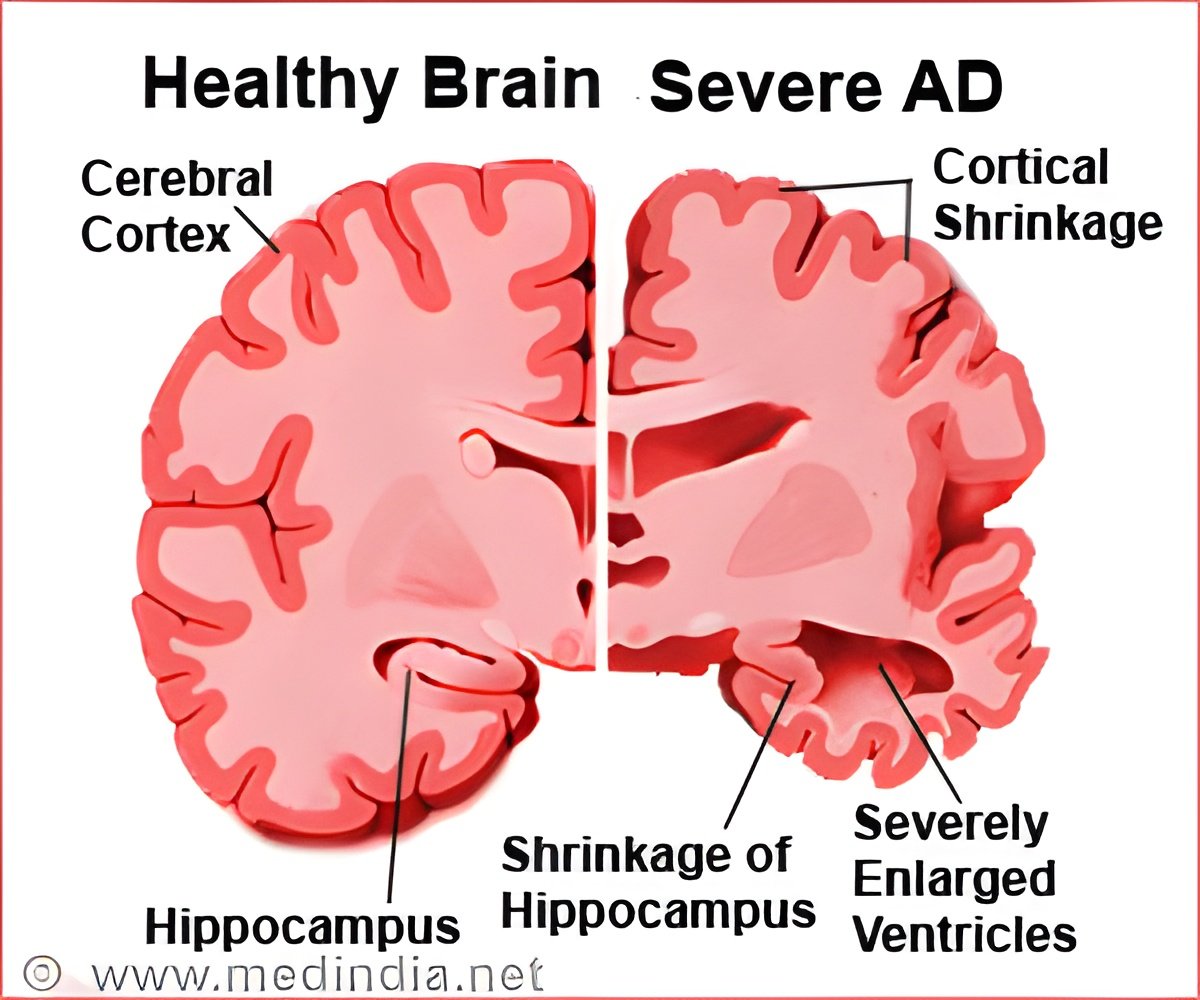
Amyloid fibrils are elongated, rope-like structures, linked protein molecules that form in the brains of patients.
The researchers conducted a computational screening of 18,000 compounds in search of those most likely to bind tightly and effectively to the protein.
Those compounds that showed the strongest potential for binding were then tested for their efficacy in blocking the aggregation of amyloid-beta and for their ability to protect mammalian cells grown in culture from the protein's toxic effects, which in the past has proved very difficult.
Ultimately, the researchers identified eight compounds and three compound derivatives that had a significant effect.
While these compounds did not reduce the amount of protein aggregates, they were found to reduce the protein's toxicity and to increase the stability of amyloid fibrils- a finding that lends further evidence to the theory that smaller assemblies of amyloid-beta known as oligomers, and not the fibrils themselves, are the toxic agents responsible for Alzheimer's symptoms.
Advertisement
The research was published in journal eLife.
Advertisement















